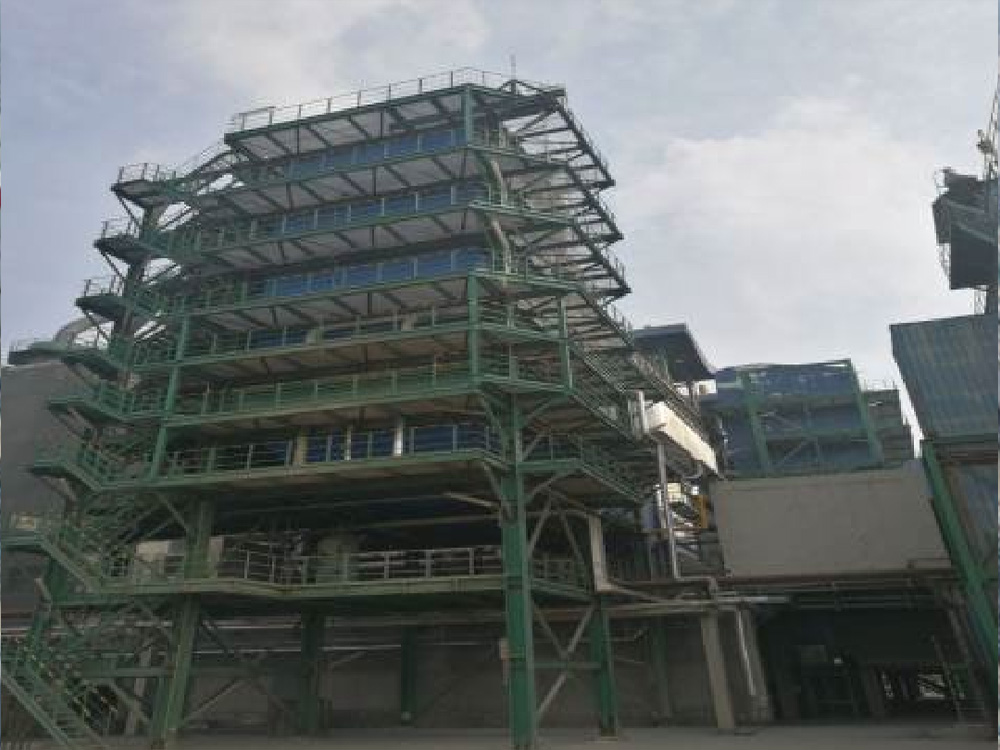Installation of Desulfurization and Denitrification Equipment, with Sinopec Nanjing in Baling
The relocation, upgrading, transformation, and development project of the caprolactam industry chain at Baling Petrochemical is a significant venture contracted by Sinopec Nanjing Engineering Company, with SINCHOLD playing a key role in the construction. This dual-point engineering project between Hunan Province and Sinopec aims to modernize and expand China's chemical manufacturing capabilities.

Caprolactam, a crucial raw material for producing nylon-6, finds extensive applications in textiles, automotive parts, electronics, and more. Upon completion, this project will double Baling Petrochemical's production capacity while significantly reducing resource occupation and energy consumption emissions. This enhancement positions Baling Petrochemical as one of China's largest caprolactam production bases, fostering the growth of downstream industrial clusters valued in the billions.
Construction began in October 2021, and since then, the project team has meticulously organized and scientifically planned the work. Ensuring quality, safety, and Environmental, Health, and Safety (EHS) compliance has been paramount. The project faced challenges due to site limitations, which increased the difficulty of lifting large structures like absorption towers and chimneys. In response, the project department strengthened early planning and coordination, carefully arranged equipment entry times and construction processes, and meticulously organized construction plans to ensure safe and controllable lifting operations.

Despite these challenges, the project has successfully completed all management tasks, demonstrating the team's commitment to excellence. This project serves as a model for future endeavors, highlighting the importance of strategic planning, innovative problem-solving, and strict adherence to safety protocols. It not only achieves immediate production targets but also sets new standards for sustainable development and operational efficiency in the petrochemical industry.
Furthermore, the project contributes to regional economic growth by creating job opportunities and stimulating local economies through associated industries. As part of China's push towards technological advancement and environmental responsibility, the Baling Petrochemical project exemplifies how targeted investments can lead to significant improvements in productivity while reducing the ecological footprint.
In conclusion, the Baling Petrochemical caprolactam project showcases the potential for strategic partnerships and advanced engineering solutions to drive industrial progress. By focusing on doubling production capacity, minimizing resource use, and promoting sustainable practices, this initiative sets new benchmarks for the petrochemical industry and positively contributes to China's economic diversification and environmental protection efforts.
